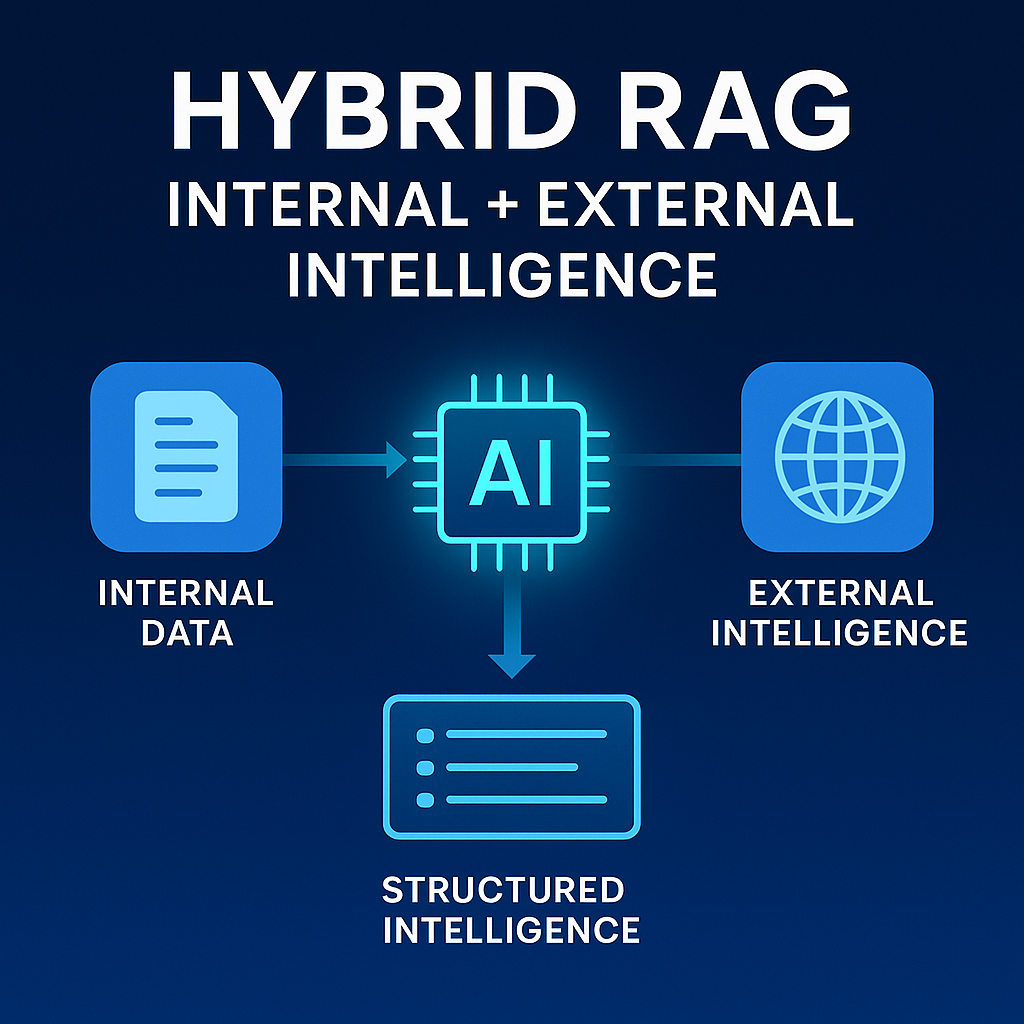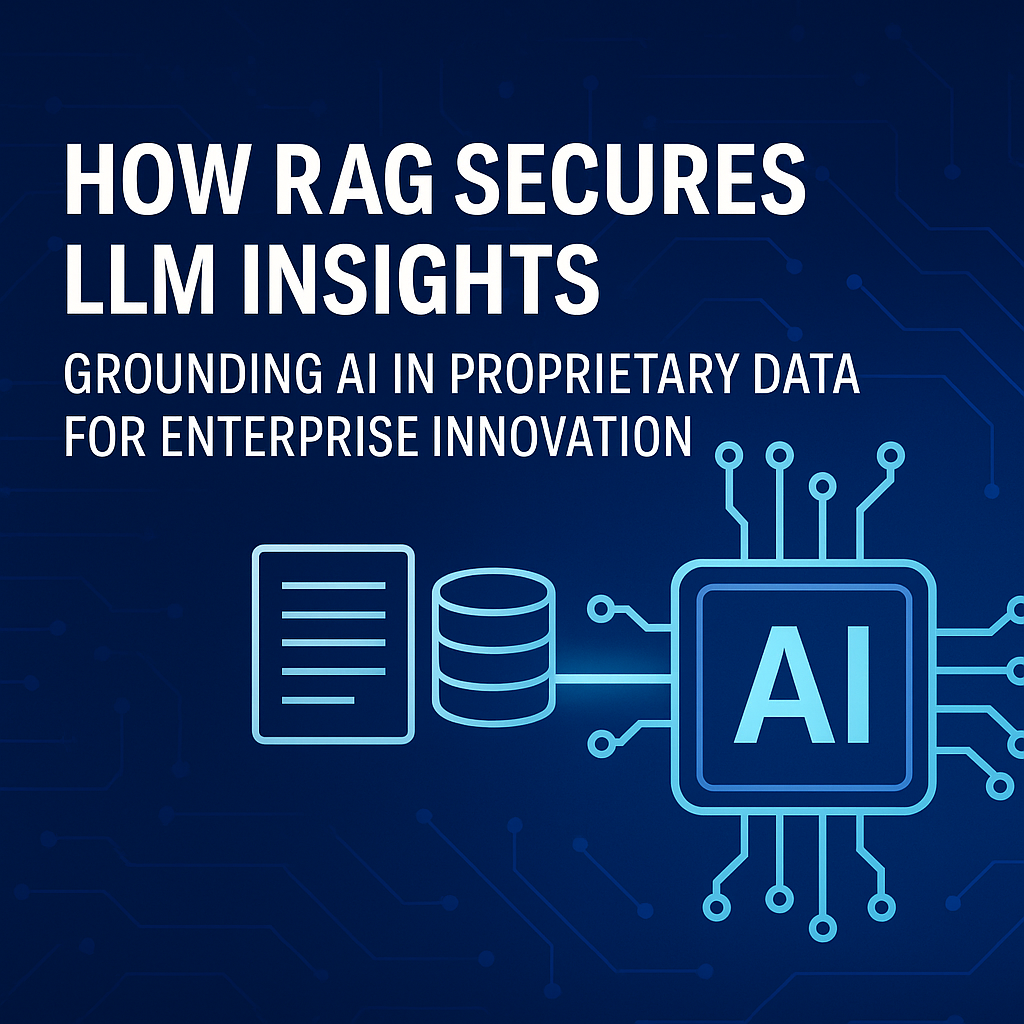In a world where cyber threats are ever-evolving and data breaches are becoming increasingly sophisticated, traditional security models are no longer sufficient to protect the enterprise. Enter Zero Trust technologies, a security framework that has gained significant traction in recent years. At the core of Zero Trust's effectiveness lies the transformative power of Artificial Intelligence (AI). In this blog post, we will explore how AI plays a pivotal role in Zero Trust technologies and its applications within the enterprise.
Understanding Zero Trust
Zero Trust is a security framework that operates on the principle of "never trust, always verify." It shifts the paradigm from the traditional perimeter-based security model, which assumes trust within the network, to an approach where trust is continuously reevaluated and never presumed.
The Role of AI in Zero Trust Technologies
- Behavioral Analytics and Anomaly Detection: AI-driven behavioral analytics are integral to Zero Trust. AI systems continuously monitor and analyze user and device behavior, learning what constitutes normal activity. This enables the identification of deviations and anomalies that may signify a security breach or threat. In essence, AI helps answer the fundamental question of Zero Trust: "Is this user's behavior trustworthy at this moment?"
- Continuous Monitoring and Assessment: AI enables real-time monitoring and assessment of network traffic, user activity, and device behavior. This constant vigilance ensures that security is upheld and any suspicious activities are detected immediately.
- Adaptive Access Controls: AI can dynamically adjust access controls based on AI-analyzed risk assessments. By factoring in various data points, including user behavior, device health, and resource sensitivity, AI can automatically adapt access permissions in real-time.
- Threat Detection and Response: AI-driven systems are adept at detecting potential security threats and initiating a rapid response. Machine learning models can analyze large datasets to identify both known and unknown attack patterns, thereby assisting organizations in quickly identifying and mitigating potential threats.
- User and Entity Behavioral Analytics (UEBA): AI-driven UEBA systems track the behavior of both users and devices. They create a baseline of normal behavior, allowing them to alert security teams when deviations occur. These deviations can indicate security breaches or insider threats.
- Enhanced Authentication: AI can boost authentication mechanisms by considering a range of factors such as user behavior, location, and contextual information. AI algorithms can determine the required level of authentication, which may include multi-factor authentication, based on the perceived risk of a specific access request.
AI-Driven Zero Trust Applications in the Enterprise
- Securing Remote Work: The rise of remote work has made Zero Trust more relevant than ever. AI helps organizations secure remote access by continuously monitoring user behavior and access requests, regardless of the user's location.
- Protecting Critical Data: AI-driven Zero Trust ensures that only authorized users and devices have access to sensitive data, with automated responses to any unauthorized access attempts.
- Reducing Insider Threats: AI's continuous monitoring can identify anomalies in employee behavior, thus helping to detect and prevent insider threats.
- Ensuring Compliance: AI helps automate compliance checks and ensures that access and usage policies adhere to industry-specific regulations.
- Adapting to Evolving Threats: As cyber threats continue to evolve, AI's adaptability ensures that Zero Trust security measures remain effective.
Looking ahead
The marriage of AI and Zero Trust technologies is a game-changer in the world of enterprise security. AI enhances security by continuously monitoring behavior, dynamically adjusting access controls, and providing rapid threat detection and response. This makes Zero Trust a highly effective security framework for the modern enterprise, offering proactive protection against an ever-evolving threat landscape. Embracing the power of AI within Zero Trust is not just an option; it's an imperative for any organization seeking to safeguard its digital assets and data in the digital age.
How can Traction Technology help?
Traction Technology is a ground-breaking platform engineered expressly to eliminate internal innovation silos, thereby enabling enterprises to seamlessly collaborate and align their business needs with promising technologies. By providing dynamic features that promote collaboration and innovation, they aim to accelerate digital transformation in the enterprise.
Here's how Traction Technology can help:
.png)
Discovery of Relevant Startups: Traction Technology helps established companies discover relevant advanced technologies aligned with their strategic goals and innovation areas. It curates startups based on different industries, technology trends, and areas of business interest, making it easier to find potential partners or investment opportunities and share this information across the enterprise.
Collaboration and Engagement Tools: Traction Technology offers tools that help manage the engagement process with startups. It provides a structured approach to evaluating, tracking, and managing interactions with multiple startups across multiple project and pilots, improving efficiency and collaboration.
Data-Driven Insights: The platform provides data-driven insights to help make informed decisions. This includes information on startup funding, growth indicators, customers and competitors, which can help in assessing potential startup partnerships.
Innovation Pipeline Management: Traction Technology aids in managing the innovation pipeline. It helps companies capture ideas and request and track innovation projects, monitor progress, and measure results in real time, promoting a culture of continuous innovation.
Track KPIs and Generate Custom Reports: Effortlessly track Key Performance Indicators (KPIs) with real time dashboards and generate custom reports tailored to your organization's unique requirements. Stay
.png)
ahead of the curve by monitoring projects progress and engagement.
By leveraging a platform like Traction Technology, established companies can gain a competitive edge, driving their digital transformation journey and adapting to the fast-paced business environment. It supports the integration of startup agility, innovation, and customer-centric approach into their operations, which is critical for success in the digital age.
About Traction Technology
We built Traction Technology to meet the needs of the most demanding customers, empowering individuals and teams to accelerate and help automate the discovery and evaluation of emerging technologies. Traction Technology speeds up the time to innovation at large enterprises, saving valuable time and money by accelerating revenue-producing digital transformation projects and reducing the strain on internal resources, while significantly mitigating the risk inherent in working with early-stage technologies.
Let us share some case studies and see if there is a fit based on your needs.
Traction Report Update: 23 ways AI could transform your business in 2023.
For more information
● Explore our software and research services.
● Download our brochure: How to Evaluate Enterprise Startups.
● Watch a demo of our innovation management platform and start your free trial.









.webp)